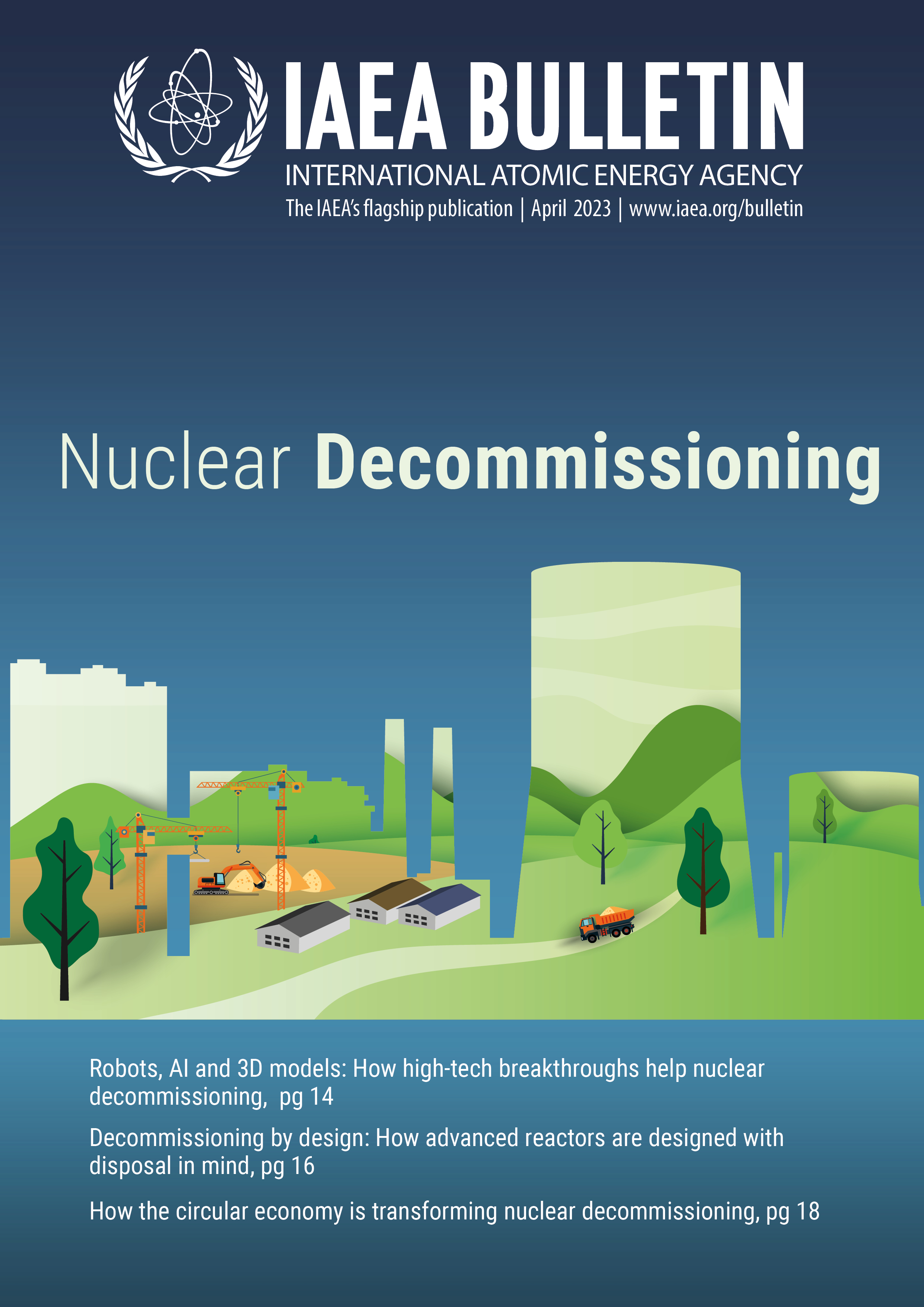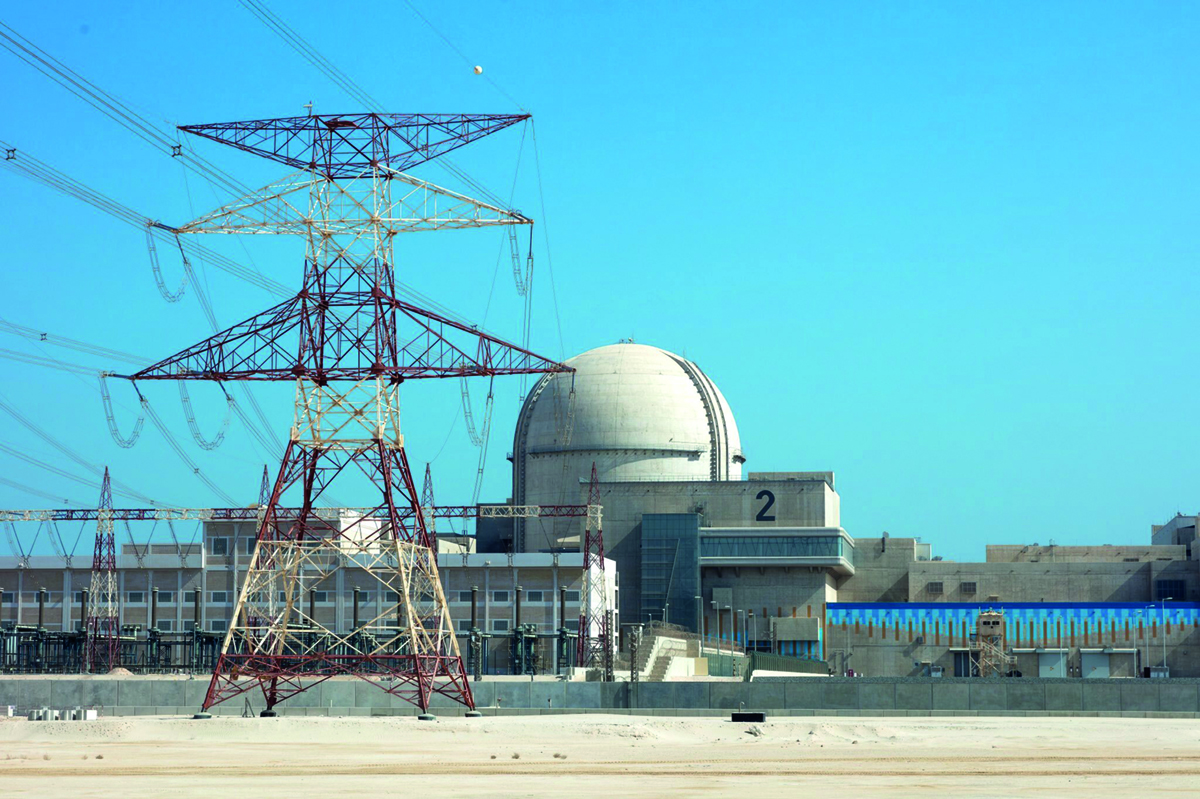Since the discovery of oil and gas reserves over half a century ago, the United Arab Emirates (UAE) has undergone a remarkable economic transformation. In just a few decades, the country has transitioned from a small fishing and pearl trading economy to a global hub for tourism, trade, business and finance. With a view to sustaining this economic progress while reducing its carbon emissions, the UAE is diversifying its energy mix, including through the introduction of nuclear energy.
The Barakah nuclear power plant (NPP), the first in the UAE and the Arab world, began operating in 2020. Three reactors are currently in operation and one is close to construction completion. The NPP is expected to provide up to 25 per cent of the country’s electricity — with the capacity to power more than half a million Emirati households — when it becomes fully operational in the coming years. However, as with any other NPP, it will have to be disassembled at the end of its useful life, in around 60-80 years. Today, every country embarking on a nuclear programme is required, when designing a nuclear facility, to develop preliminary plans for decommissioning the facility so that the site can be repurposed.
“Decommissioning is a multidisciplinary process. Planning for decommissioning, including the establishment of the necessary finances, should begin at the early stages of the development of the nuclear facility and continue during the operational stage. Detailed planning of decommissioning typically begins a few years before the facility is permanently shut down; this includes activities to ensure organizational and technical preparedness, enabling a smooth transition from operation to decommissioning,” said Tetiana Kilochytska, Decommissioning Specialist at the IAEA. “The UAE, which has successfully launched its first nuclear power plant, already has an initial decommissioning plan for when the plant reaches its end of life.”

